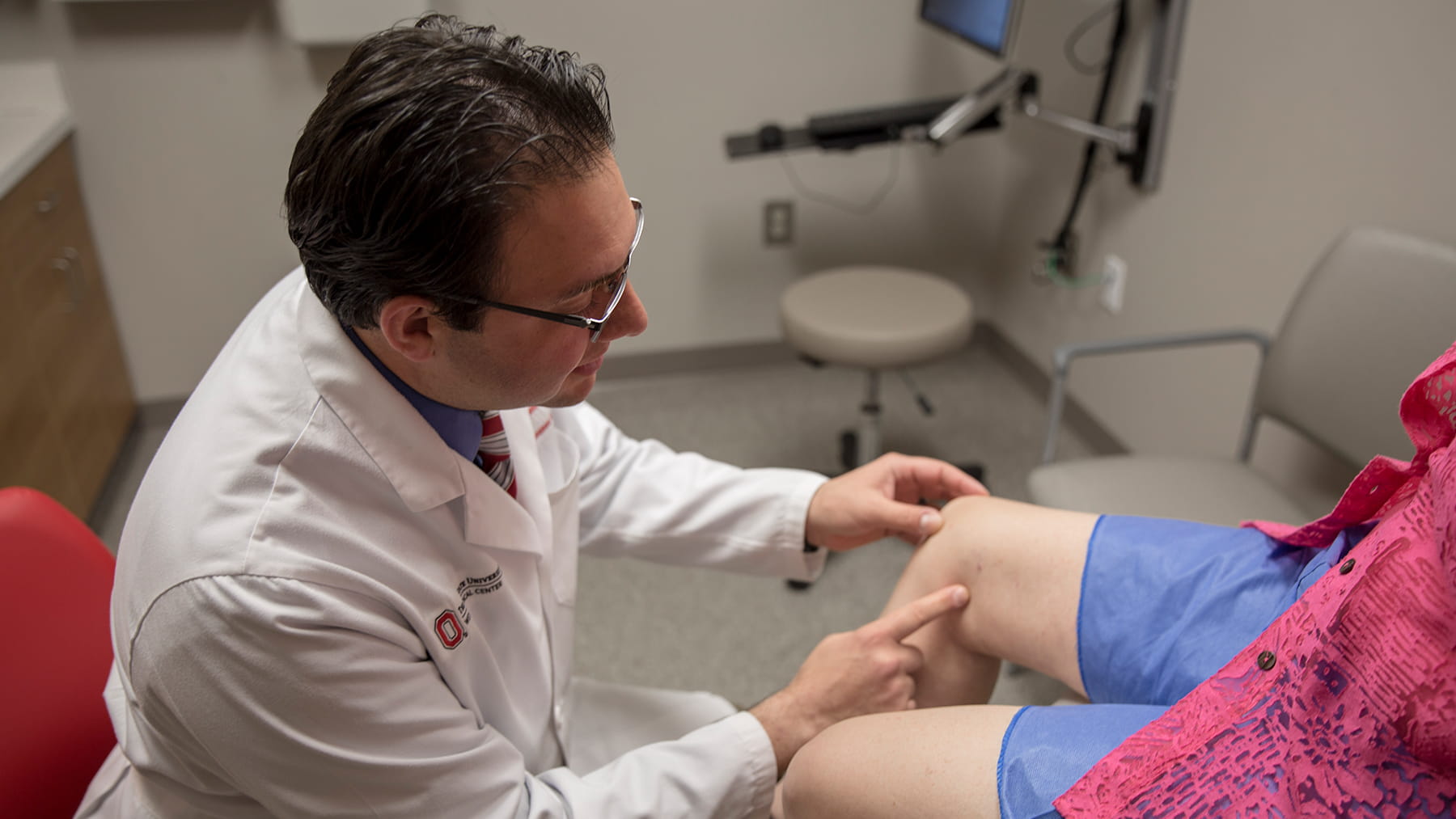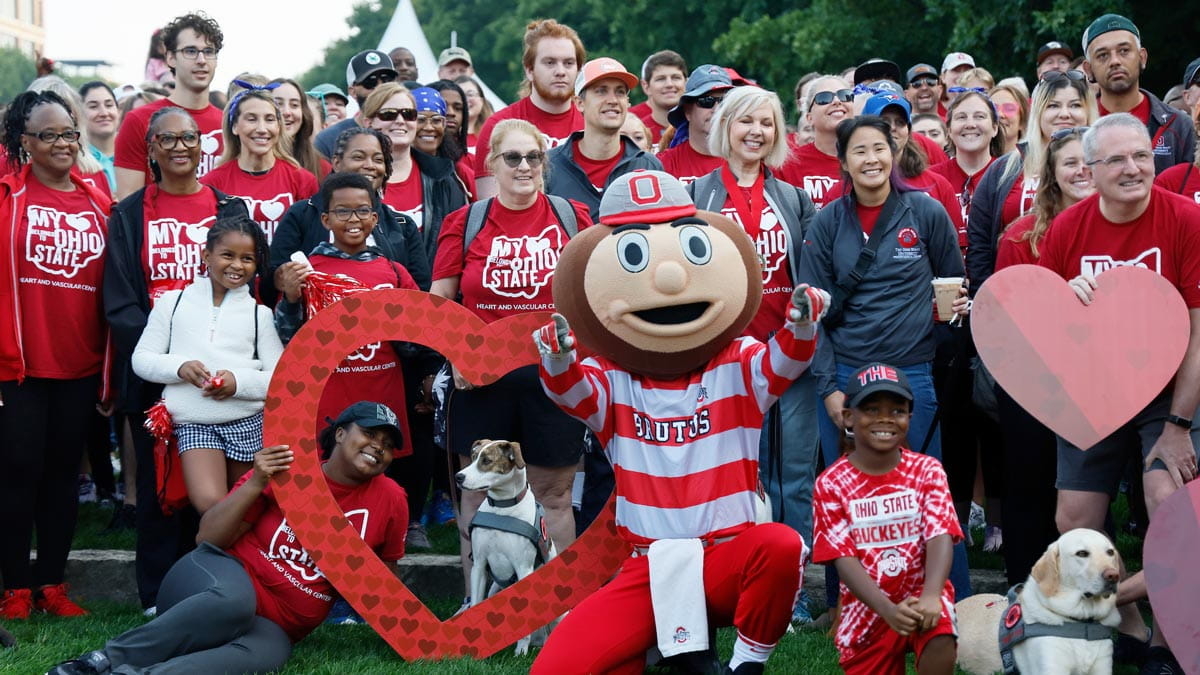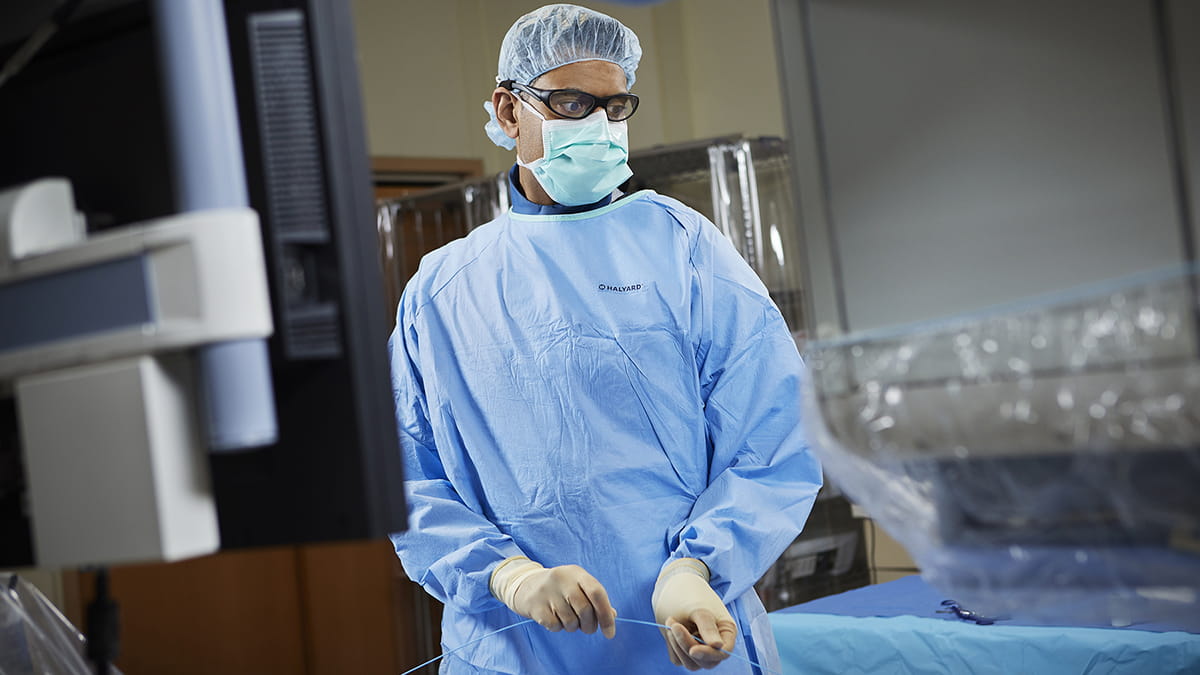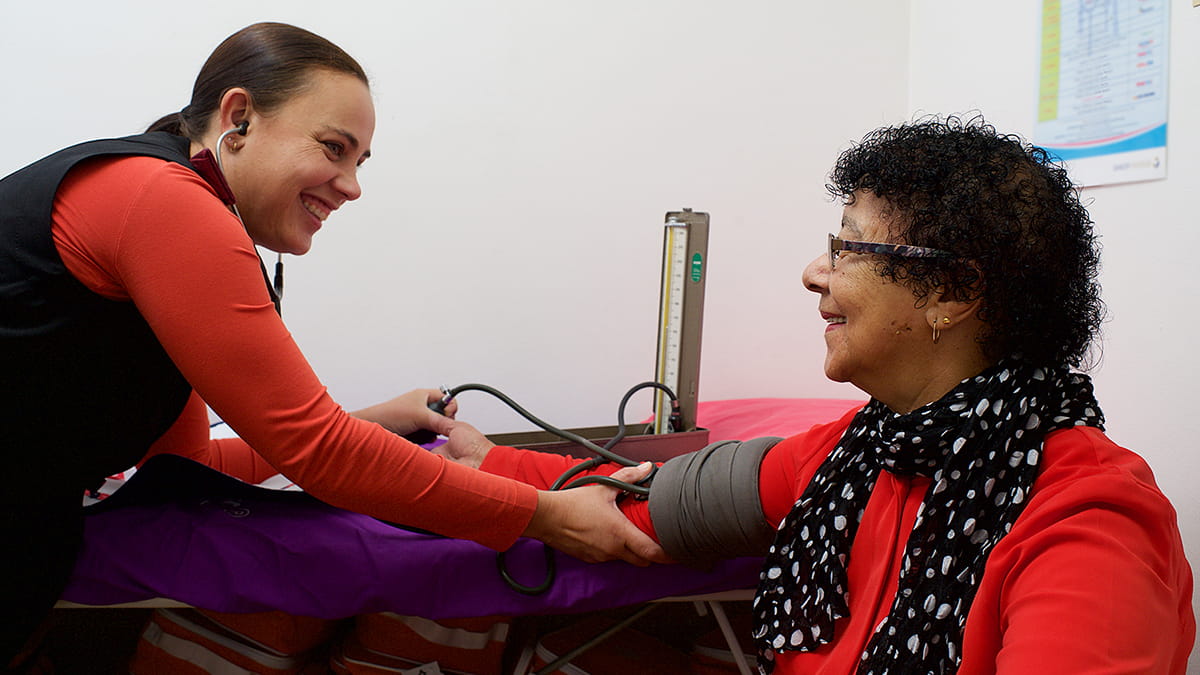How to keep your veins healthy
 It’s not something you hear about a lot, but the health of your veins can be affected by a number of other conditions, such as obesity, heart disease or diabetes. Even genetics play a role in whether you’re susceptible to problems with your veins.
It’s not something you hear about a lot, but the health of your veins can be affected by a number of other conditions, such as obesity, heart disease or diabetes. Even genetics play a role in whether you’re susceptible to problems with your veins.We have about 60,000 miles of vasculature – arteries, veins and tiny capillaries – that carry blood and nutrients throughout the body. The veins act as the return highway system taking blood back to the heart. So, as you would expect, any traffic slowdown is going to cause trouble farther back the line.
Varicose Veins
Most commonly, we see problems in the legs – where valves in the blood vessels may not close properly, allowing blood to collect. Over time this can lead to varicose veins – those enlarged, twisty veins that sometimes bulge out from the leg. Patients complain of heaviness, or a sore, achy, tired feeling in the legs.
While they’re usually not a serious problem, some of these veins can develop clots or get inflamed – what’s known as phlebitis. Any time an area of the leg is red, warm to the touch, hard and painful it should be checked by a doctor for a possible blood clot.
Varicose veins are pretty common, and risk factors include genetics, multiple pregnancies, a history of leg injury or deep vein thrombosis. Lifestyle and occupation play a big role, too. Those who either sit or stand a lot are at higher risk.
Treatment depends on the size of the veins. Smaller ones can be injected with medication to make them shrink (sclerotherapy) and patients are back to work the next day. Larger veins, or patients with a history of inflammation or clotting in the veins, get an outpatient procedure in which we make a small incision and remove the damaged vein. That’s typically followed by a few days of recovery, with no heavy lifting or extended standing or sitting.
Spider Veins
Another common concern for people is spider veins. These are basically tiny, baby varicose veins. They’re so small they don’t cause much blood collection or any pain. If you have spider veins and leg pain, there’s probably something else going on with a deeper vein that should be checked out with ultrasound. Spider veins are always considered cosmetic and we always treat them with sclerotherapy.
I caution patients against having spider veins treated with lasers, because it’s not as selective as an injection. Surface lasers damage the vein from the outside. However, they tend to only work on certain veins. Lasers are not as precise as an injection, so a larger area of skin needs to be zapped to get to one tiny vein.
Healthy Veins
So how do you improve the health of your veins?
Focus on staying active. If you have a desk job, get up regularly and walk around a bit to get the blood pumping.
Stay hydrated. When you’ve had plenty of water, your blood is thinner and flows better. Thicker blood due to dehydration can make vein insufficiency problems worse.
Eat healthy. Fruits and vegetables are great for circulation and the health of vein walls.
Don’t smoke. The chemicals in tobacco smoke can deoxygenate and thicken blood. Additionally, nicotine causes vascular hardening and narrowing.
Use compression. If you’re susceptible to venous insufficiency, whether by genetics, pregnancy, chronic conditions such as obesity or heart disease, or work/lifestyle habits, then wear compression socks. They help contract muscles around the veins to help blood move back up toward the heart. It would also be a good idea to put your feet up a few times a day (higher than hip level) to give your circulation a boost.
Seek treatment. If you start noticing symptoms such as fatigue, heaviness and swelling, then it would be a good time for an evaluation from a vascular physician.
Mounir Haurani is a vascular surgeon at The Ohio State University Wexner Medical Center.




